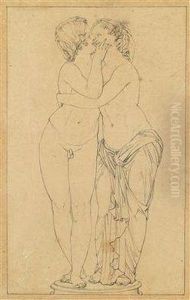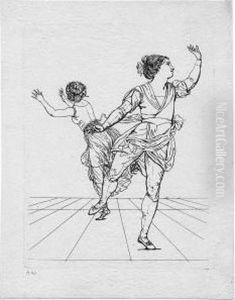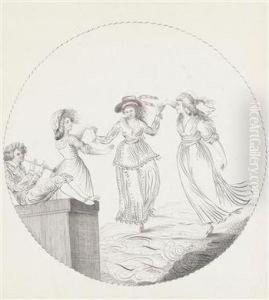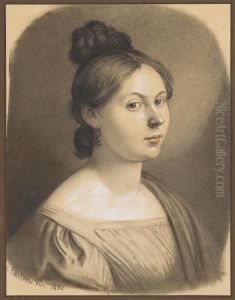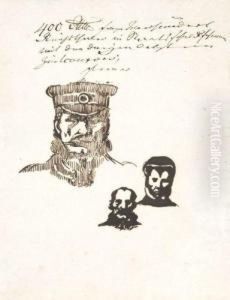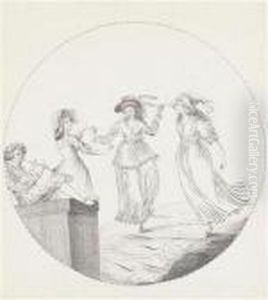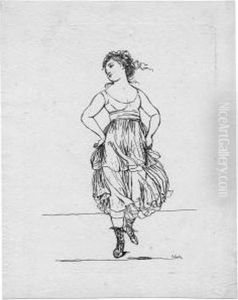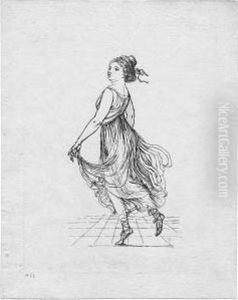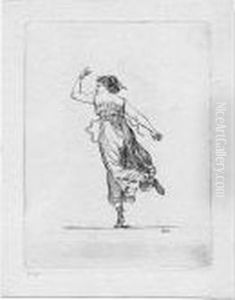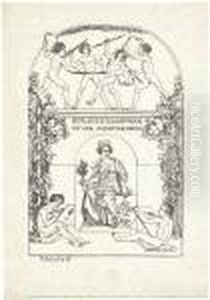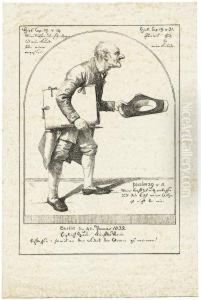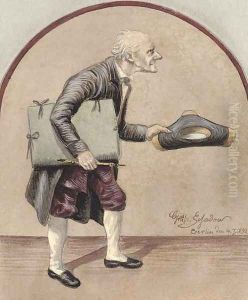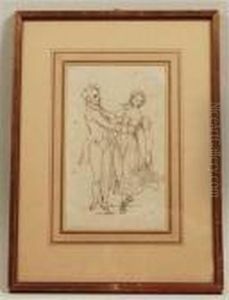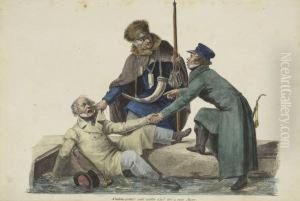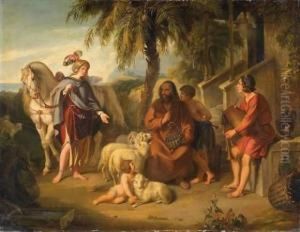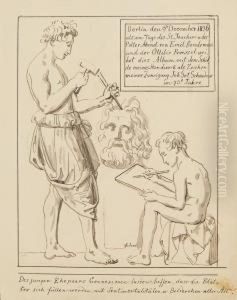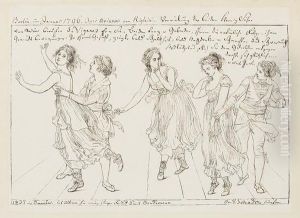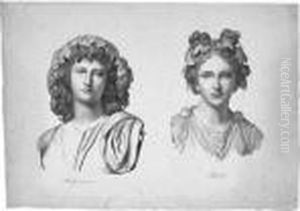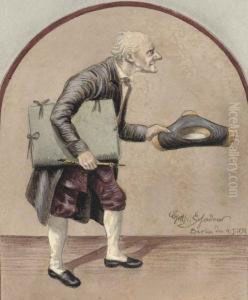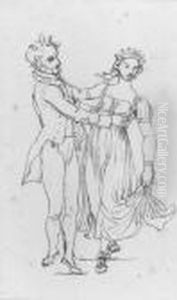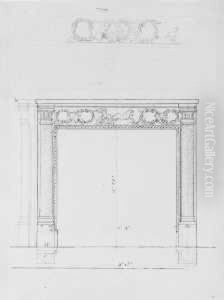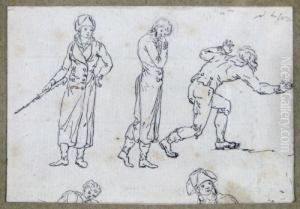Johann Gottfried Schadow Paintings
Johann Gottfried Schadow was a prominent German sculptor and a leading figure in the Berlin school of sculpture during the late 18th and early 19th centuries. Born on May 20, 1764, in Berlin, Schadow began his artistic training under the renowned sculptor Jean Pierre Antoine Tassaert. His talent was recognized early on, and he quickly rose to prominence in the art world.
Schadow's work is characterized by a blend of neoclassicism and realism, which was innovative for his time. He became famous for his portrait busts and monuments that captured the likeness and character of his subjects with great skill. One of his most notable works is the Quadriga, the chariot drawn by four horses atop the Brandenburg Gate in Berlin, which has become an iconic symbol of the city.
In 1785, Schadow traveled to Italy, where he studied the ancient and Renaissance masters, further developing his style. Upon his return to Berlin, he was appointed as the director of the Royal Prussian Iron Foundry, where he produced various sculptures and architectural decorations. In 1815, he became the director of the Prussian Academy of Arts, a position he held until 1850.
Throughout his career, Schadow also mentored many young artists, including Christian Daniel Rauch and Friedrich Tieck, who would go on to become significant sculptors in their own right. Schadow's influence extended beyond his sculptures as he wrote extensively on art theory and aesthetics, contributing to the intellectual discourse of the period.
Johann Gottfried Schadow passed away on January 27, 1850, in Berlin. His legacy is preserved in the numerous sculptures and monuments that adorn Berlin and other German cities, as well as in the generations of artists he influenced through his teachings and writings.
